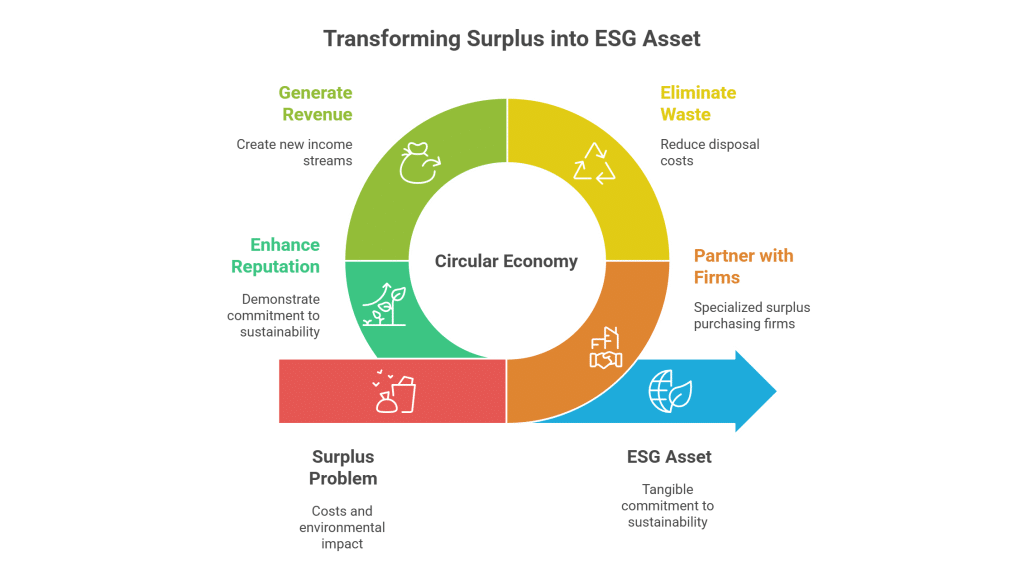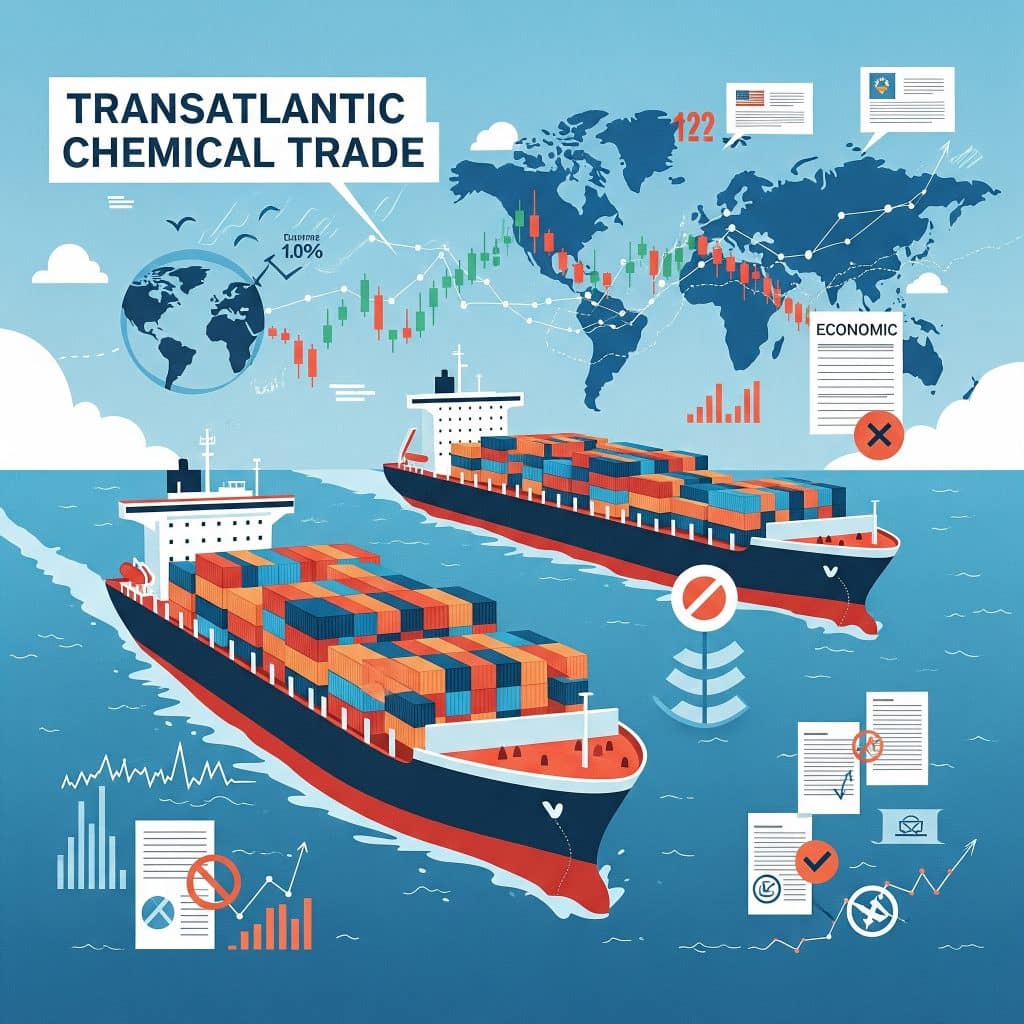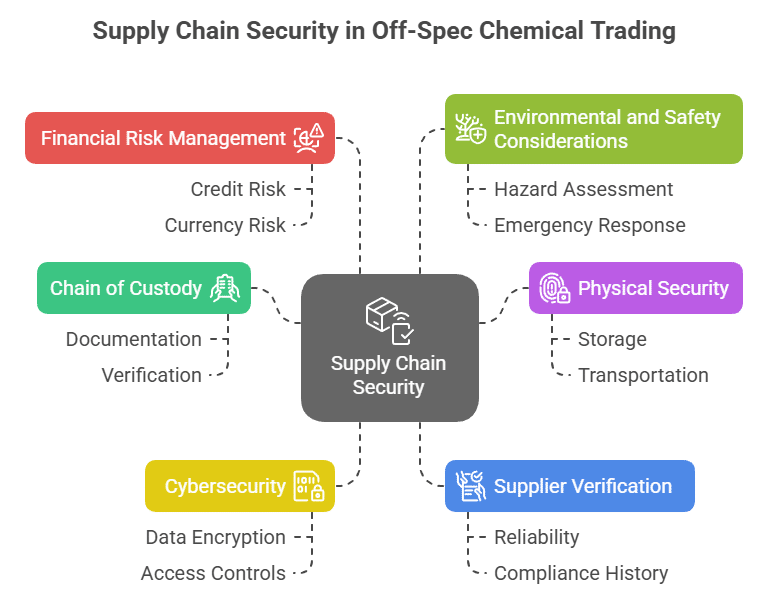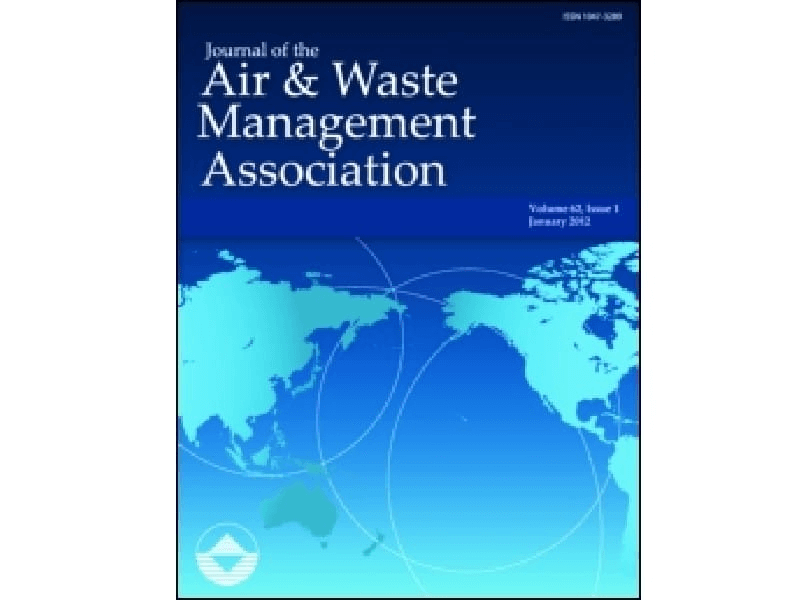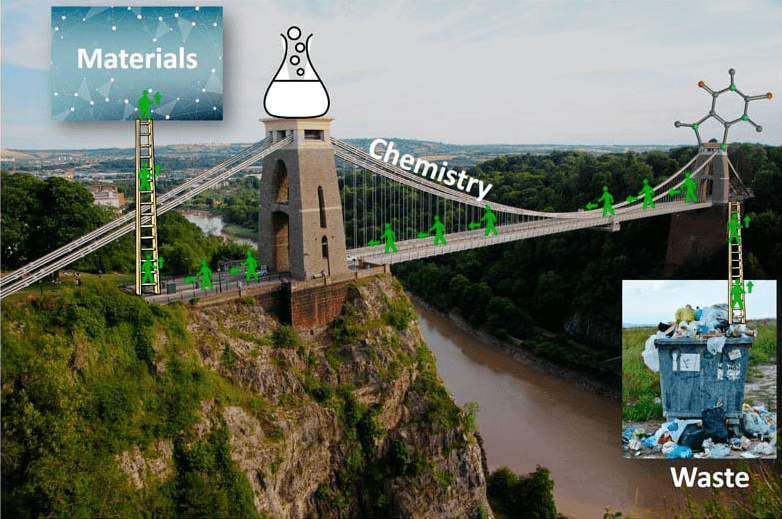Toluene: A Key Asset in the Solvents and Chemical Synthesis Industry
Toluene is an aromatic hydrocarbon widely recognized for its exceptional solvent properties. In the realm of chemical synthesis, it plays a pivotal role in numerous manufacturing processes, from paints and coatings to adhesives and industrial resins. As surplus inventory, Toluene represents both an opportunity and a challenge; excess quantities can occupy valuable storage space, yet when effectively managed, they offer a chance to recover costs and optimize resource utilization.
Surplus Toluene for Solvents & Chemical Synthesis | Unlock Value in Excess Inventory
Buying and selling surplus chemicals like Toluene brings a range of benefits. For buyers, it offers cost savings, access to high-quality solvents, and improved sustainability credentials. Sellers, on the other hand, can monetize excess inventory, free up storage space, and avoid expensive disposal practices. Trading surplus not only reduces disposal costs and regulatory burdens but also contributes to a more sustainable industry by repurposing valuable resources instead of allowing them to become waste.
Toluene Applications in Solvents & Chemical Synthesis
Buyers benefit from acquiring surplus Toluene by achieving significant cost savings without compromising on quality. Access to well-stored surplus inventory can alleviate supply chain uncertainties, ensure timely production cycles, and contribute to improved inventory management. Moreover, purchasing surplus supports sustainable practices by reducing waste.
For sellers, offering surplus Toluene is an effective strategy to recover costs associated with excess stock. It frees up valuable storage space, cuts down on disposal expenses, and minimizes regulatory burdens. By converting surplus into revenue, companies can improve cash flow and enhance their sustainability profile.
Table of Contents
Successful Surplus Trading of Toluene in Solvent Applications
A leading manufacturer in the solvents sector recently transformed a surplus stockpile of Toluene into a significant revenue opportunity. By listing the excess inventory on a specialized trading platform, the company not only freed up valuable storage space but also minimized waste disposal expenses. The surplus Toluene was acquired by a regional chemical processor who integrated it into their coating formulations, ensuring high product quality while reducing production costs. This real-world example underlines how effective surplus management not only addresses regulatory challenges but also enhances overall operational efficiency.

